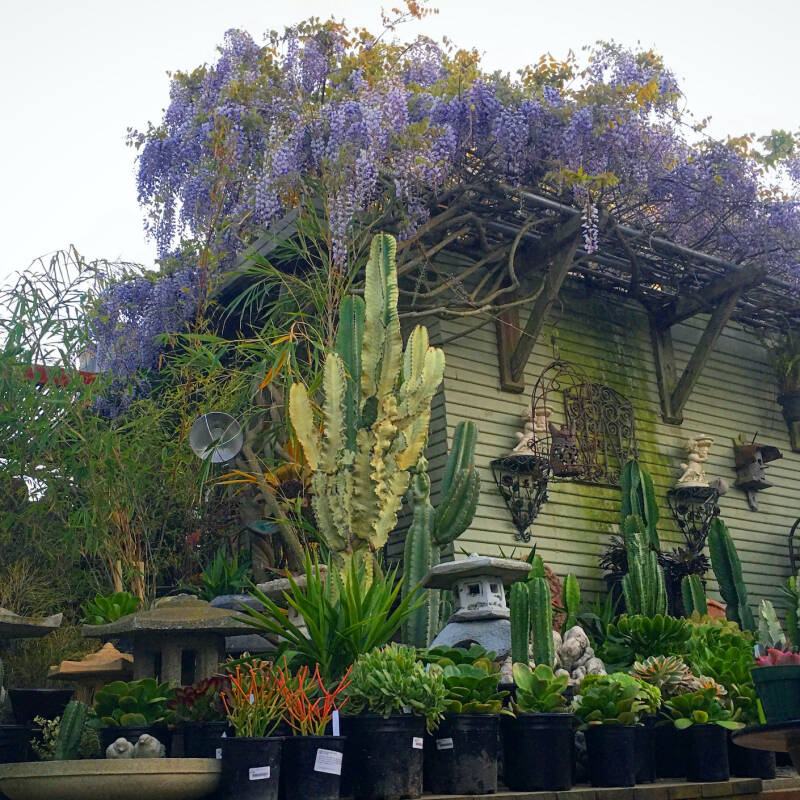San Francisco is known for its many public outdoor destinations, such as Golden Gate Park, Crissy Field, and Fisherman’s wharf. Now there’s a new one to seek out, and it’s a hidden botanical gem. Perched high on the rooftop of the mega Sales Force Transit Center, above Salesforce Plaza, is Salesforce Park.
And okay, maybe it isn’t your typical hike through nature, loaded with rocks and dirt trails to traverse; this experience is more like a stroll on a curving concrete path but with frequent stops to admire and learn about the thoughtfully themed, diverse plantings filling this lush but water-wise 5.4 acre park. With more than 50 species of trees and 230 species of understory plants that showcase the wide variety growing in California (as well as plants from several of the world’s other Mediterranean-like climate zones), this is a botanical lovers’ must-visit destination.
Designed by PWP Landscape Architecture, under the direction of Adam Greenspan and Peter Walker, Salesforce Park lives 70 feet in the air, high above the hard and gray bustling city streets. There are multiple entrances but my favorite is to take the gondola situated at the corner of Mission and Fremont. Once on top, you can walk in either direction, and because the park loops and is longer than wide, this is more like a visual journey than a destination.
I ask Greenspan how he likes to appreciate the park and he replies, “Well, we designed it to be visitor-friendly, a very accessible botanical garden, so I am especially interested in the plants. I like to walk around and around, noticing different things each time,” which says a lot coming from the man who designed it. This also speaks to the unplanned magic that can happen in garden spaces when relationships between plants and their surroundings evolve, even minute by minute.
I also ask Greenspan what his favorite time to visit is, and he mentions the morning when the sun reflects off the towering buildings and evening as well when the setting sun creates striking plant silhouettes behind the glass walls. But honestly, any time is perfect.
Along the walk, you will encounter different structues, including the Amphitheater Main Lawn, Children’s Play Area, and the Central Plaza where you’ll find a foosball table, a cabinet of board games, and a mobile library for visiting parents with kids. You will also witness a thousand-foot “water sculpture” by artist Ned Kahn, titled “Bus Fountain,” that sporadically shoots water upward, triggered by the movement of buses through the terminal below.
And depending on where you start your walk, you will encounter different themed areas that allow you to experience the climatic conditions that we experience in California, from desert to forest. You will also make your way through different themed gardens including: the Australian Garden, Mediterranean Basin, Prehistoric Garden, Wetland Garden (the wetland was designed to clean grey water and temporarily store, filter and clean runoff plus be a pollinator habitat), Oak Meadow, Bamboo Grove, Redwood Forest, Palm Garden, California Garden, Desert Garden, Fog Garden, Chilean Garden, and the South African Garden.
Salesforce Park has different seasonal hours and offers year round free public programs and activities (think crafting classes, concerts and fitness classes) so check out the website for directions, hours and information on current happenings.
Photography courtesy of SalesForce Park.









For more urban hikes we like, see:








Have a Question or Comment About This Post?
Join the conversation